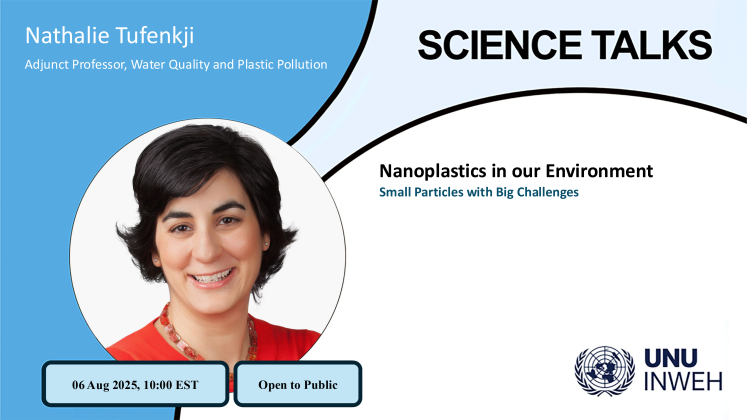Weathering of a single microplastic particle can yield up to billions of nanoplastics and nanoplastic pollution is expected to be ubiquitous in the environment. Nanoplastics are potentially more hazardous than microplastics because they can cross biological membranes; yet there is little data on the occurrence, fate and impacts of nanoplastics. A key challenge in understanding the environmental burden of nanoplastics is the detection of these small, carbon-based particles in complex natural matrices such as soils or whole organisms. Prof. Nathalie Tufenkji’s group has been working on the development of novel plastic labeling and imaging techniques for detection of nanoplastics and microplastics in complex samples such as natural waters, soils, foods and whole organisms. In this Science Talk, Prof. Tufenkji will describe the new imaging approaches and show examples of nanoplastic and microplastic detection in whole organisms. The results show the versatility of these advanced imaging techniques for detection and identification of the smallest plastics in complex environmental samples.

Adjunct Professor, Water Quality and Plastic Pollution





